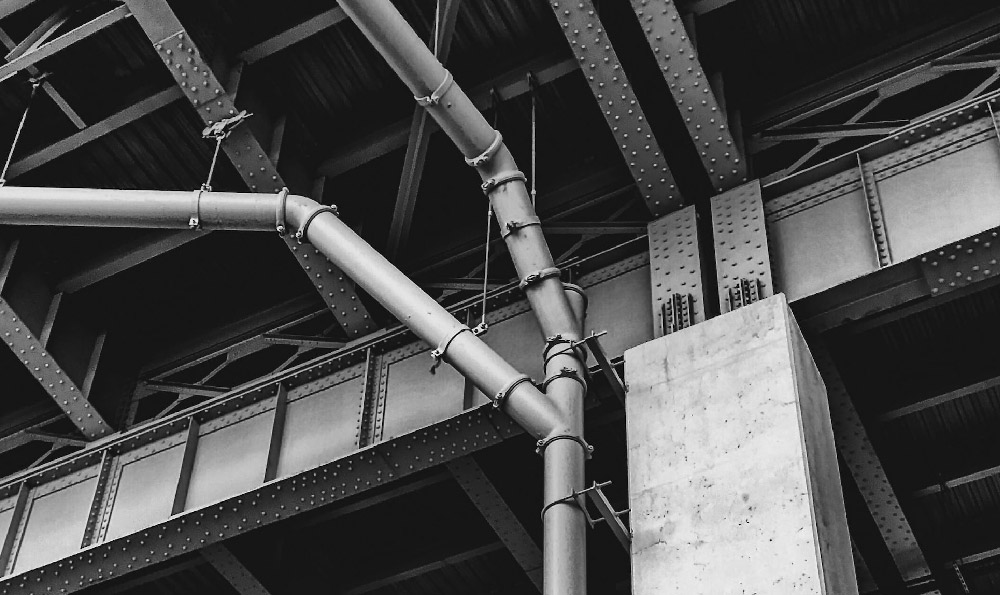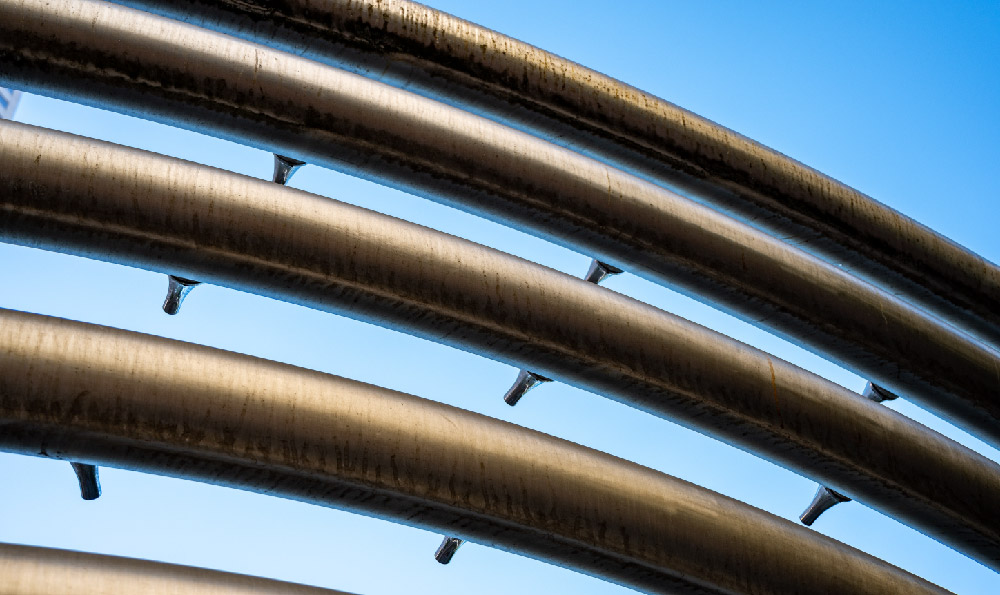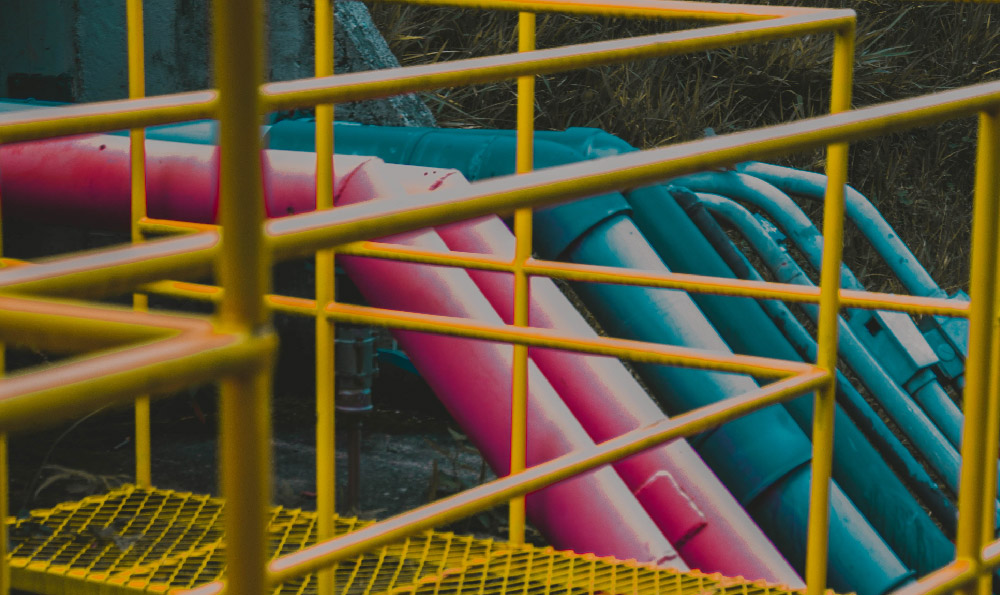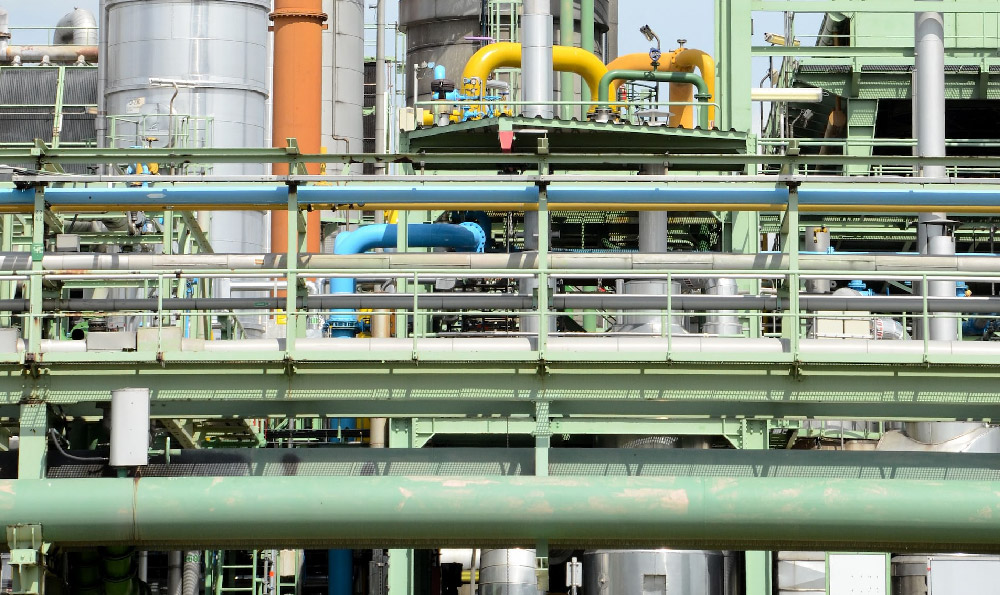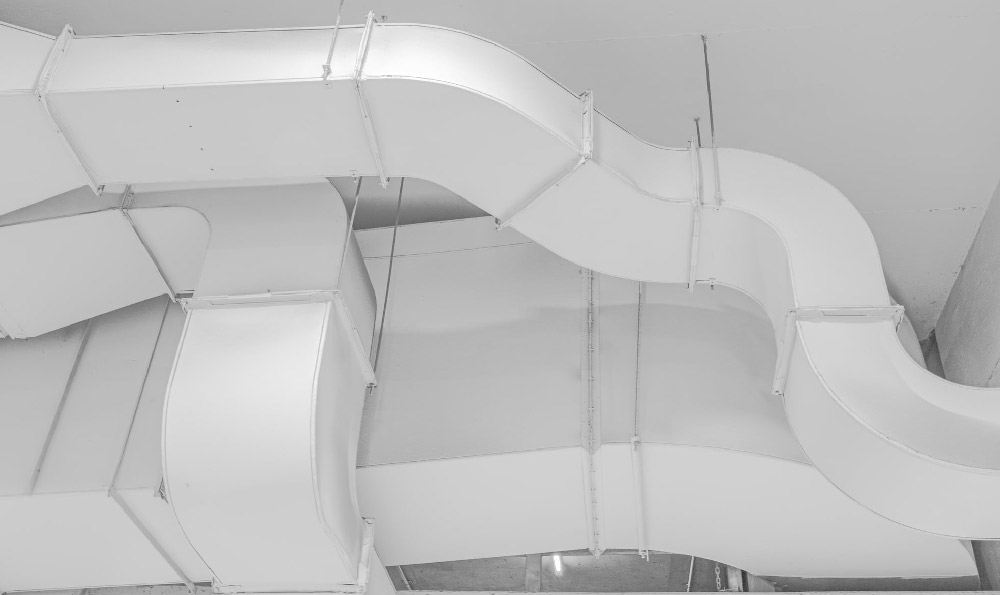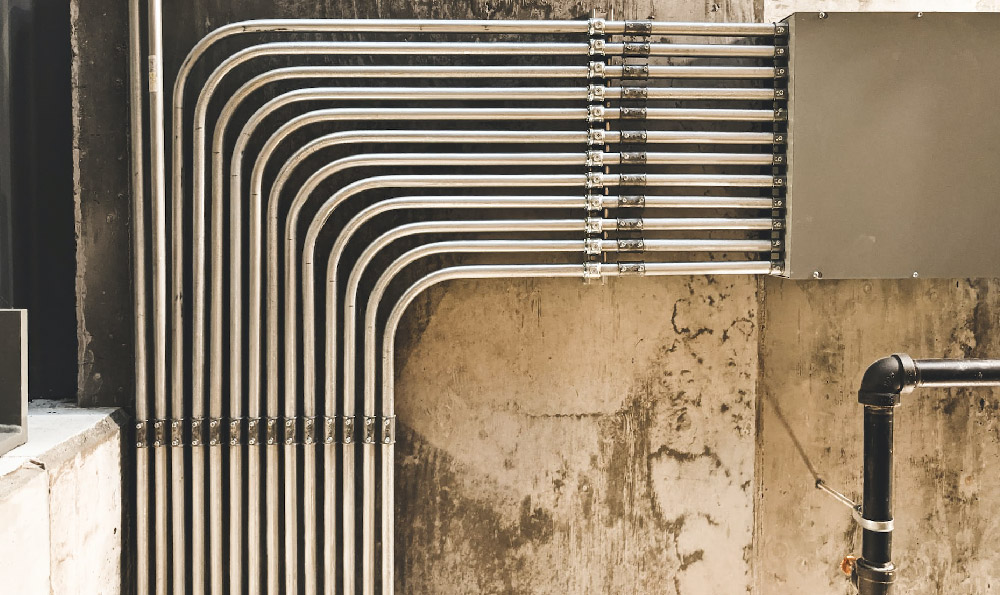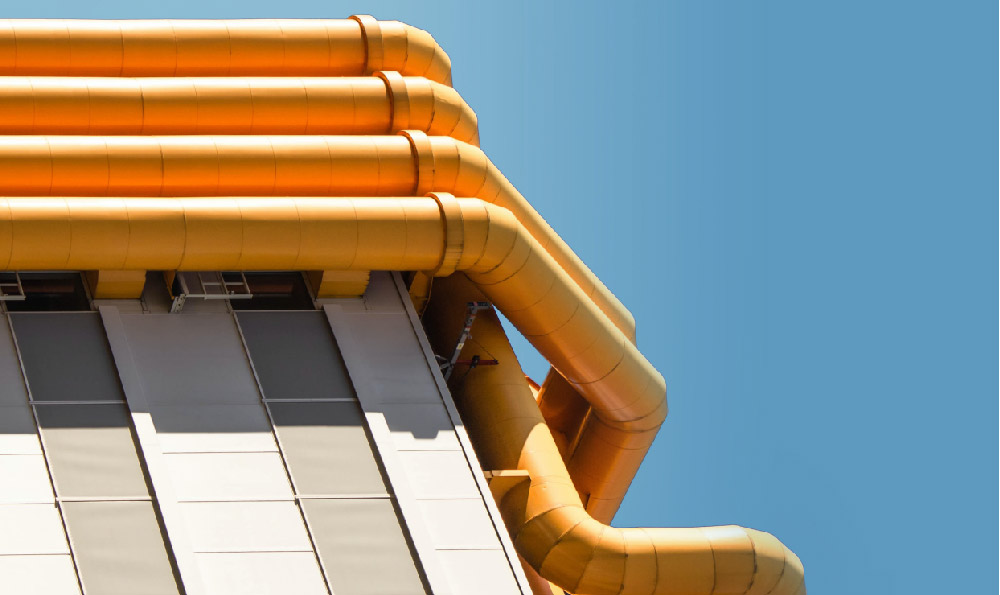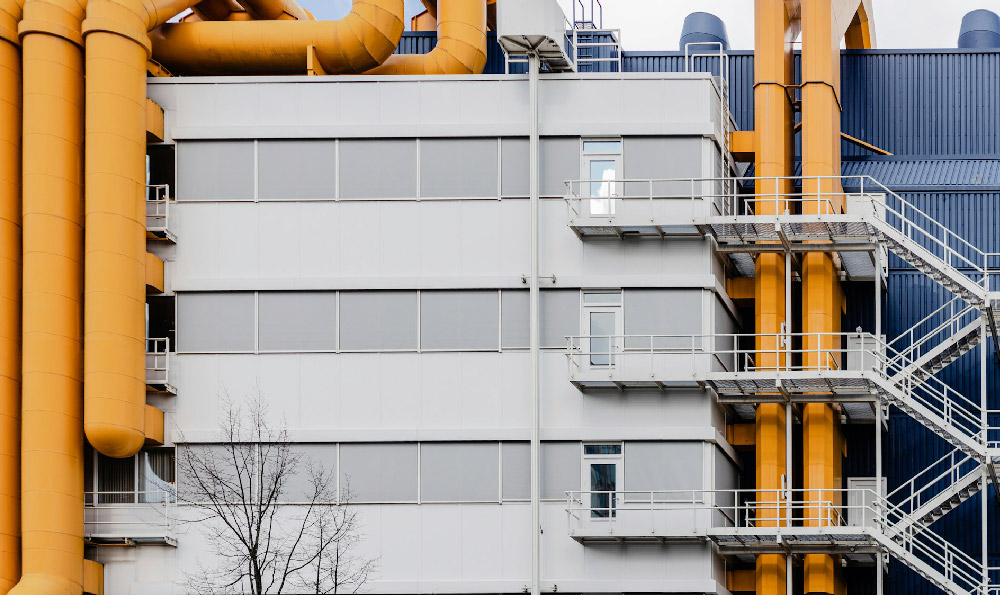
对焊支管台是一种常见的管道连接器件,它采用对焊工艺将管道与支管连接起来。它的工作原理就好比我们吃饭时使用的筷子,通过将一根筷子插入另一根筷子中间,实现了二者的连接。对焊支管台不仅连接牢固,而且具有较高的密封性能,能够在高温高压等恶劣环境下正常工作。这种连接方式常用于石油、化工、电力等行业的管道系统中,确保管道的稳定和安全运行。
二、承插支管台的特点
承插支管台是另一种常见的管道连接器件,它采用承插式连接技术将管道与支管连接起来。它的工作原理可以类比我们日常生活中使用的磁力连接,通过磁力将两个物体吸附在一起。承插支管台具有连接快捷、方便拆卸的特点,适用于一些需要经常更换的场合。这种连接方式常用于供水、排水、空调等行业的管道系统中,方便维护和管理。
三、对焊支管台与承插支管台的比较
1. 连接方式:对焊支管台采用对焊工艺使管道与支管连接,通过焊接形成牢固的连接。而承插支管台则采用承插式连接技术,通过插入即可完成连接,方便快捷。
2. 适用环境:对焊支管台适用于高温高压等恶劣环境,具有较高的密封性能。而承插支管台适用于一些需要经常更换或维护的场合。
3. 使用领域:对焊支管台主要应用于石油、化工、电力等行业的管道系统中,确保管道的稳定和安全运行。承插支管台主要应用于供水、排水、空调等行业的管道系统中,方便维护和管理。
四、结语
对焊支管台和承插支管台都是管道连接中常用的连接器件。它们分别适用于不同的场合和环境,在管道系统的建设和维护中起到了重要的作用。对于行业工作者来说,了解并选择合适的连接方式对于保障管道系统的稳定运行至关重要。希望通过本文的介绍,读者对对焊支管台和承插支管台有了更清晰的认识。
对焊支管台与承插支管台图纸区别
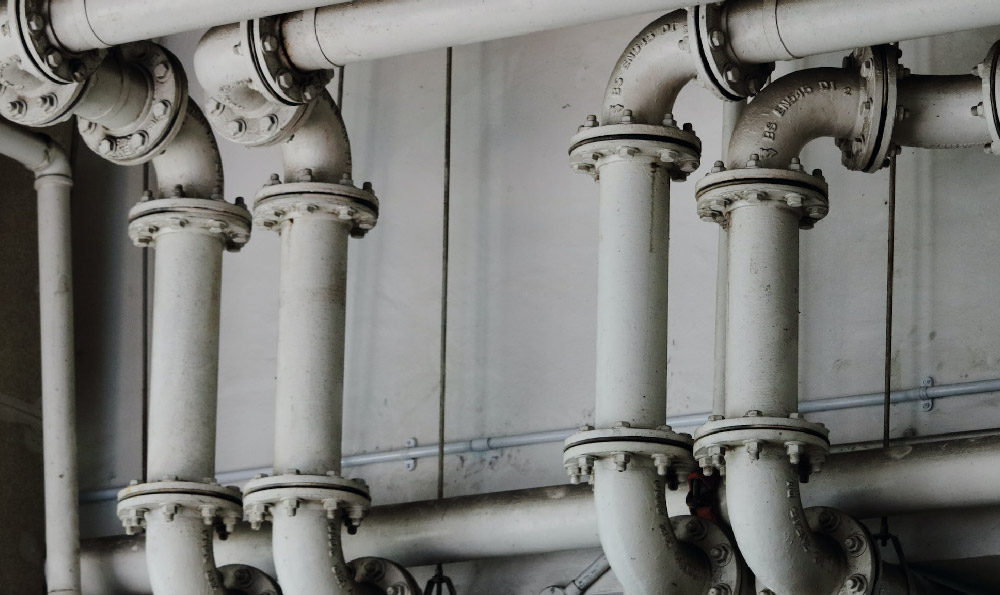
在建筑行业中,对焊支管台图纸和承插支管台图纸是两种常见的图纸类型。虽然它们都用于设计和构造管道系统,但它们在设计理念、结构方式和施工要求上存在一些区别。本文将就对焊支管台与承插支管台图纸的区别进行详细阐述,以便读者更好地理解和运用这两种图纸。
对焊支管台图纸的特点:
对焊支管台图纸是一种根据管道系统实际情况和设计要求绘制的图纸,主要用于焊接方式安装的管道系统。它的特点如下:
1. 完整展示管道系统的结构和布置,包括所有支管、主管和附件等。
举例:对焊支管台图纸会清晰地显示每根支管的位置和连接方式。
2. 详细标注焊接方式及相关规范,确保焊接工艺的正确施工。
举例:对焊支管台图纸中会注明焊缝的类型、焊接材料和焊接程序等。
3. 突出管道系统的整体安装要求,重点关注焊缝质量和结构强度。
举例:对焊支管台图纸会特别强调焊缝的尺寸和位置,以确保焊接质量符合要求。
小结:对焊支管台图纸通过清晰的展示管道系统结构和布置、详细的标注焊接方式及相关规范以及突出的安装要求,确保了焊接方式安装的管道系统的顺利施工。
承插支管台图纸的特点:
承插支管台图纸同样是一种根据实际情况和设计要求绘制的图纸,主要用于承插方式安装的管道系统。它的特点如下:
1. 突出管道系统的连接方式和材料要求,特别关注承插口的尺寸、间距和连接方式。
举例:承插支管台图纸中会详细标注每个承插口的尺寸和间距,确保连接紧密牢固。
2. 强调管道系统的防漏措施和密封要求,确保承插方式的安全可靠。
举例:承插支管台图纸会注明密封垫片的材料和厚度,以及安装时的注意事项。
3. 包含管道系统的支撑方式和固定点要求,确保系统的稳定性和可靠性。
举例:承插支管台图纸中会标注支撑点的位置和类型,以及固定方式和规范要求。
小结:承插支管台图纸通过突出连接方式和材料要求、强调防漏措施和密封要求,以及包含支撑方式和固定点要求,确保了承插方式安装的管道系统的安全可靠。
对焊支管台图纸与承插支管台图纸的区别:
1. 安装方式不同:对焊支管台图纸适用于焊接方式安装,而承插支管台图纸适用于承插方式安装。
2. 焊接和连接方式不同:对焊支管台图纸强调焊接方式,承插支管台图纸强调承插连接方式。
3. 施工要求不同:对焊支管台图纸注重焊接工艺和焊缝质量,承插支管台图纸注重连接的防漏措施和密封要求。
4. 设计重点不同:对焊支管台图纸设计重点在于焊接质量和结构强度,承插支管台图纸设计重点在于连接紧密和系统的安全可靠。
通过对焊支管台图纸与承插支管台图纸的区别进行分析,我们可以更好地了解两种图纸的设计理念、结构方式和施工要求。无论是选择哪种图纸,都需要根据具体情况和设计要求,确保管道系统能够安全可靠地运行。建筑行业在实践中不断总结经验,也可以根据实际情况灵活运用不同类型的图纸,以满足不同的工程需求。
对焊支管台与承插支管台图纸英文显示
I. Introduction

Welded Saddle Tee and Socketed Saddle Tee are crucial components in the piping industry, serving as connectors for pipes of various sizes and materials. The accurate depiction of these fittings on engineering drawings is essential for proper fabrication and installation. In this article, we will explore the industry practices and standards for displaying Welded Saddle Tee and Socketed Saddle Tee on engineering drawings.
II. Welded Saddle Tee Drawing
The Welded Saddle Tee drawing provides detailed information about the fitting's dimensions, material specifications, and welding requirements. The primary purpose of this drawing is to guide fabricators and welders in producing the fitting accurately. The drawing typically includes a top view, front view, and side view, showcasing the fitting's shape and its connection to the parent pipe. Precise measurements and tolerances are indicated, ensuring the correct fitment during welding.
III. Socketed Saddle Tee Drawing
The Socketed Saddle Tee drawing focuses on the dimensioning and material specifications required for the fabrication and installation of the fitting. Unlike the Welded Saddle Tee, the Socketed Saddle Tee eliminates the need for welding by utilizing a socket joint connection. The drawing depicts the fitting's shape, dimensions, and socket details, enabling manufacturers to produce the fitting to the specified standards. The necessary allowances for socket joints are also provided to ensure a secure and leak-free connection.
IV. Common Symbols and Annotations
To enhance clarity and understanding, specific symbols and annotations are commonly used in the drawings of Welded Saddle Tee and Socketed Saddle Tee. These symbols include weld symbols, surface finish symbols, and material specifications. Weld symbols indicate the type of welding required, such as fillet welds or groove welds, while surface finish symbols illustrate the required smoothness or roughness of the fitting's surface. Material specifications specify the grade and type of material to be used in the fabrication, ensuring compatibility and durability.
V. Compliance with Industry Standards
Both Welded Saddle Tee and Socketed Saddle Tee drawings must comply with industry standards and codes to ensure the safety and reliability of the piping system. Standards such as ASME B31.3 and ASME B16.9 provide guidelines for the design, fabrication, and installation of fittings, including proper representation on engineering drawings. Compliance with these standards guarantees that the fittings are manufactured and installed correctly, preventing potential failures and leaks.
In conclusion, the accurate representation of Welded Saddle Tee and Socketed Saddle Tee on engineering drawings is essential for the successful fabrication and installation of these fittings. The precise dimensions, material specifications, and welding requirements provided in the drawings ensure the proper fitment and functionality of the fittings within the piping system. By adhering to industry standards and using commonly accepted symbols and annotations, engineers and fabricators can effectively communicate the design intent and facilitate the construction process.

